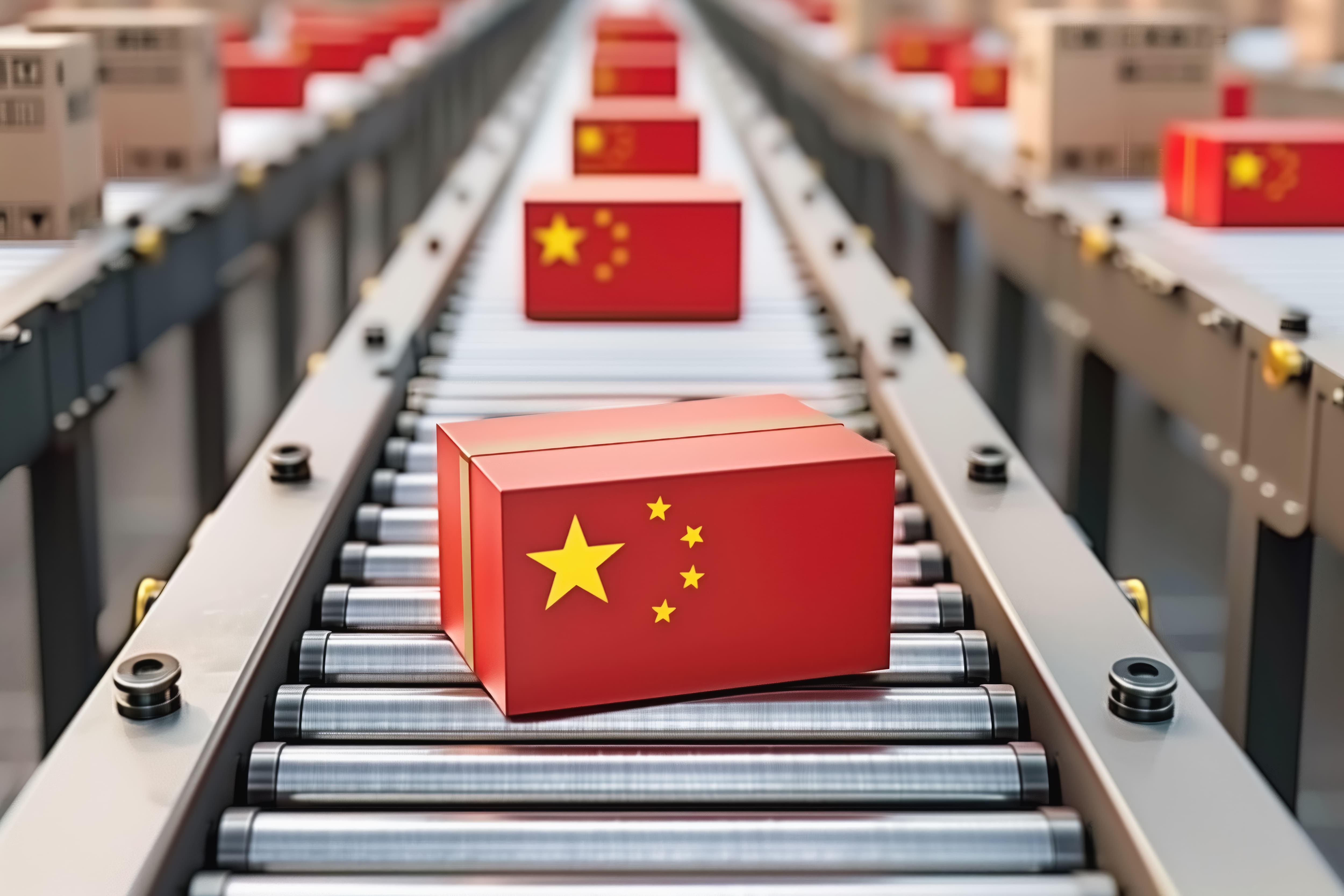
Table Of Content
中国政府は, 電子製品の廃棄に起因する環境汚染に対処し, 資源利用を促進し, 環境に優しい消費を奨励し, 公衆衛生を保護するための規制を制定しています。中国の RoHS2 の実施状況はどうなっていますか?
- 2007年3月1日:電子情報製品等による汚染防止措置が2006年2月28日に公布され施行されました。
- 2010 年 7 月 16 日: 電気および電子製品からの汚染を制御するための規制がパブリックコメントに公開されました。
- 2016 年 7 月 : 電子製品における有害物質の使用を制限する政令第 39 号が発布されました。
- 2018 年 3 月 : EEE 製品における有害物質の使用制限カタログおよび除外リストが作成されました
- 2019年5月16日:政府機関は電気・電子製品の有害物質適合性評価制度を創設しました
- 2019 年 11 月 1 日 : 市場に投入されるか輸入される EEE 製品に含まれる有害物質の使用制限カタログに記載されている製品は, 実施協定に準拠する必要があります。
「電気および電子製品」とは, 最大 1500V DC および 1000V AC の定格動作電圧を持つ電流または電磁場を使用して動作する装置および付属品, またはそのような電流または場を生成, 送信, または測定する装置および付属品を指します。この定義には, 発電, 送電, 配電設備は含まれません。
中国の RoHS にはバッテリーが含まれていますが, EU の RoHS には含まれていません。
中国の RoHS2 には, 6 つの有害物質の使用を制限するための 2 段階のプロセスがあります。
中国の RoHS2 に基づく有害物質の使用制限から免除される電気および電子機器のカテゴリ:
- 電力の生産, 送電, 配電のための設備
- 軍用電気・電子機器
- 特殊な状況または極端な状況向けに設計された機器
- 輸出用電気・電子機器
- 一時的に輸入または修理された電気および電子製品
- 研究開発目的で使用されるプロトタイプ
- 展示会で展示されたサンプルや製品であり, 販売を目的としたものではありません。
中国の RoHS に準拠しているものは, EU の RoHS に準拠している必要はありません。これは誤解です。
中国RoHS第1号 ステップ:
中国の RoHS2 では, 電気および電子製品における有害物質の代替または制限に関する要件はありません。 2016 年 7 月 1 日以降, 製造業者は自社製品に有害物質を表示する必要があります。
現在, すべての規制対象製品は中国 RoHS2 のステップ 1 に準拠する必要があります。これには, 消費者やリサイクル工場が制限物質に関する情報を特定できるように適切なラベルを提供することが含まれます。
環境に優しい使用期間 (EFUP)
- EFUP は, EIP に含まれる有毒で有害な物質または元素が, 人命や環境に汚染や損害を引き起こすことなく, 通常の動作条件下で安定に保たれる期間を年単位で表します。
- メーカーは, 「中国 RoHS」に準拠するために環境に優しい使用期間 (EFUP) 番号を選択する責任があります。この数値は通常, 製品の予想寿命や修理可能性, 製品から化学物質が放出される可能性などの要因に基づいています。
- EFUP は, 予想される耐用年数, 製造から使用開始までの時間, および修理または改修が可能な場合に延長される可能性のある耐用年数を加算することによって計算されます。
- 環境配慮使用期間の開始日は, 製品に記載されている「製造年月日」でわかります。
- 10 年以下の EFUP は 1 10 の整数である必要があります。10 年を超える EFUP は 5 の倍数である必要があります。EFUP が 5 の倍数でない場合は, 最も近い倍数に切り捨てられる必要があります。 5. たとえば, 18 年の EFUP は 15 年に切り捨てられる必要があります。
中国の RoHS 表
製造業者および輸入業者は, 特定の有害物質の濃度制限を超える製品の環境保護使用期間 (年単位で測定) を決定し, マークする必要があります。製造年月日も表示する必要があります。また, 製品の説明書に有害物質の名前と含有量を記載し, 指定された表を使用して部品にマークすることも義務付けられています。ただし, 製品自体に有害物質情報を表示する必要はありません。
中国RoHS第2弾 ステップ:
- コンプライアンス管理カタログに掲載されている製品は, 関連規格に基づく物質制限制限に準拠する必要があり, その適合性は適合性評価スキームを使用して評価されます。
- 2019 年 11 月 1 日より, メーカーは自社製品が中国の RoHS2 に準拠するために自主認証を取得し, 適合宣言を行う必要があります。
コンプライアンス管理カタログは, 12 種類の製品で構成されています。
- 冷蔵庫
- エアコン
- 洗濯機
- 電気温水器
- プリンター
- コピー機
- ファックス
- テレビ
- モニター
- マイコン
- 移動通信端末
- 電話
中国RoHS第3弾 ステップ:
E&E 製品の汚染物質制限要件への準拠を実証するには, サプライヤーには 2 つのオプションがあります。
- 資格のある研究所からのテストレポートを提供する
- すべてのコンポーネント, 部品, 原材料の汚染物質の判定に基づいて適合性レポートを作成します。サプライヤーは, 自己宣言および関連技術文書の正確性, 完全性, 一貫性を確保する責任があります。
プラットフォームのユーザーまたは申請者は中国で登録されている必要があり, EU に拠点を置く企業は自己申告を申請する資格がありません。
自己宣言
これは, サプライヤー (メーカー, 認定代理店など) が独自に適切な方法を採用して適合性評価を実施し, 供給される電気および電子製品が規格を満たしていることを検証する情報を提出する, 一種の適合性評価に関係します。有害物質の使用を制限するための関連規格および技術要件。
国家が推進する自主認証
これは, 企業が自発的に行うことを選択できる認証プロセスを指します。これには, 電気および電子製品が有害物質の使用を制限するための適切な基準および技術要件を満たしていることを検証する第三者認証機関が含まれます。このプロセスは国家によって統一された方法で監督および規制されます。
ロゴの配置は製品に必須であり, パッケージに追加することもできます。パッケージにラベルを追加すると, 税関による適合性の確認が容易になります。
- 製品のサイズが5mm×5mmを超える場合は, 製品にロゴを配置する必要があります。
- サイズが5mm x 5mm未満の小さすぎる製品の場合, ロゴはパッケージにのみ配置できます。ただし, ロゴが製品上にある場合でも, パッケージ上にある場合でも, 製品マニュアルにマーキング情報を含める必要があります。
中国の RoHS 試験基準
Ahmed Sakr
Product Compliance Consultant
ComplyMarket UG (Haftungsbeschraenkt)
Share with your community
Comments
Leave a comment or ask a question


